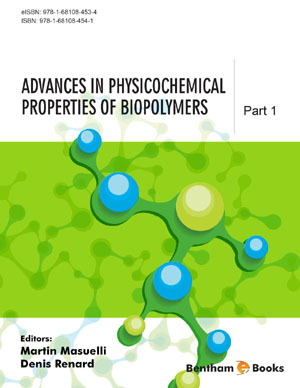Abstract
Organotins are widely distributed environmental contaminants with potent toxicity phenotypes and established endocrine disrupting properties in diverse species and ecosystems. Of particular interest has been the recent discovery of direct high affinity interactions between trialkyltins, such as tributyltin chloride (TBT), and the family of nuclear hormone receptors (NRs) which function as ligand dependent transcription factors for a diverse set of lipophilic endocrine hormones in vertebrates and invertebrates. Perturbed NR activity can provide a direct molecular link between environmental organotin exposure and their endocrine disrupting effects. The ability of organotins to activate NRs is surprising since they share neither structural characteristics with the endogenous steroidal or lipophilic hormone ligands nor classical modes of binding. Instead, crystallographic and mass spectroscopic data for the retinoid X receptor alpha (RXRα) shows a covalent interaction between TBT or TPhT and a critical receptor cysteine residue (C432) at the entrance to the ligand binding pocket. Therefore, covalent interactions between organotins and reactive cysteines residues, as also observed with stannin and predicted for aromatase, appears to be an emerging theme for modifying protein function in eliciting organotin toxicity. The stoichiometric modification of nuclear receptor activity, especially of RXRs that heterodimerize with a broad subset of NRs, has profound implications for assessment of organotin toxicity in organismal physiology particularly with respect to invertebrate imposex phenotypes and vertebrate metabolic integration of energy homeostasis. It is likely that additional nuclear receptors and proteins will be identified that are sensitive to organotin covalent modification.
Keywords: Nuclear receptors - RXR-PPARγ - tributyltin - covalent modification - reactive cysteines -obesogen.

















